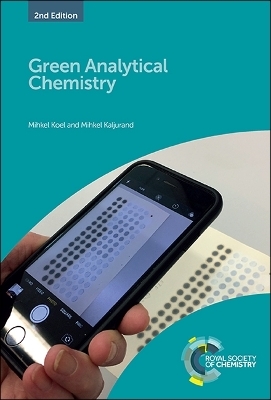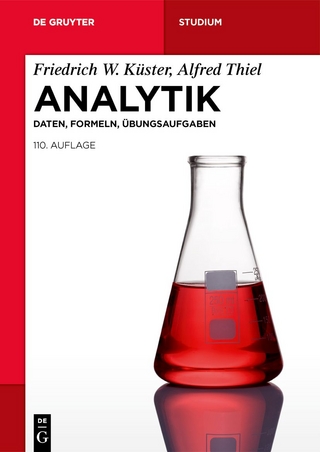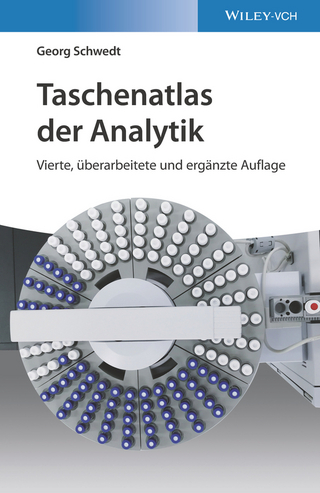
Green Analytical Chemistry
Seiten
2019
|
2nd edition
Royal Society of Chemistry (Verlag)
978-1-78801-486-1 (ISBN)
Royal Society of Chemistry (Verlag)
978-1-78801-486-1 (ISBN)
This book portrays the current and changing situation concerning adoption of the principles of green chemistry as applied to analysis for graduates and novices just entering the field, managers of analytical research laboratories, teachers of analytical chemistry and green public policy makers.
Chemical analysis requires solvents, reagents and energy and generates waste. The main goal of green analytical chemistry is to avoid or reduce the undesirable environmental side effects of chemical analysis, while preserving the classic analytical parameters of accuracy, sensitivity, selectivity and precision.
This book portrays the current and changing situation concerning adoption of the principles of green chemistry as applied to analysis. It begins by looking at the advantages of and problems associated with on-site analysis and how analytical techniques can lead to increased productivity, efficiency and accuracy, and thereby reduce the consumption of materials. It then focuses on sample preparation techniques minimising solvent consumption or using alternative solvents, concepts and methods of improving the ‘greenness’ of instrumental analysis where miniaturization is an important part, separation methods from the perspective of green analytical chemistry and chemometrics approaches, which can reduce or can even remove the need for conventional steps in chemical analysis.
Aimed at graduates and novices just entering the field, managers of analytical research laboratories, teachers of analytical chemistry and green public policy makers, this title will be a useful addition to any analytical scientist's library.
Chemical analysis requires solvents, reagents and energy and generates waste. The main goal of green analytical chemistry is to avoid or reduce the undesirable environmental side effects of chemical analysis, while preserving the classic analytical parameters of accuracy, sensitivity, selectivity and precision.
This book portrays the current and changing situation concerning adoption of the principles of green chemistry as applied to analysis. It begins by looking at the advantages of and problems associated with on-site analysis and how analytical techniques can lead to increased productivity, efficiency and accuracy, and thereby reduce the consumption of materials. It then focuses on sample preparation techniques minimising solvent consumption or using alternative solvents, concepts and methods of improving the ‘greenness’ of instrumental analysis where miniaturization is an important part, separation methods from the perspective of green analytical chemistry and chemometrics approaches, which can reduce or can even remove the need for conventional steps in chemical analysis.
Aimed at graduates and novices just entering the field, managers of analytical research laboratories, teachers of analytical chemistry and green public policy makers, this title will be a useful addition to any analytical scientist's library.
Introduction to Green Chemistry;
Concepts and Trends in Green Analytical Chemistry;
Greening Sample Treatment;
Green Instrumental Analysis;
Separation Methods in Analytical Chemistry;
Greening Analytical Chemistry by Chemometrics;
Conclusions
| Erscheinungsdatum | 07.03.2019 |
|---|---|
| Verlagsort | Cambridge |
| Sprache | englisch |
| Maße | 156 x 234 mm |
| Gewicht | 671 g |
| Themenwelt | Naturwissenschaften ► Chemie ► Analytische Chemie |
| Technik ► Umwelttechnik / Biotechnologie | |
| ISBN-10 | 1-78801-486-3 / 1788014863 |
| ISBN-13 | 978-1-78801-486-1 / 9781788014861 |
| Zustand | Neuware |
| Informationen gemäß Produktsicherheitsverordnung (GPSR) | |
| Haben Sie eine Frage zum Produkt? |
Mehr entdecken
aus dem Bereich
aus dem Bereich


